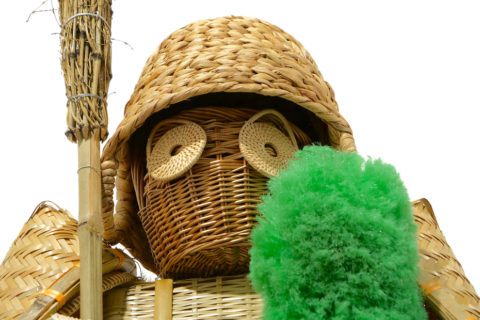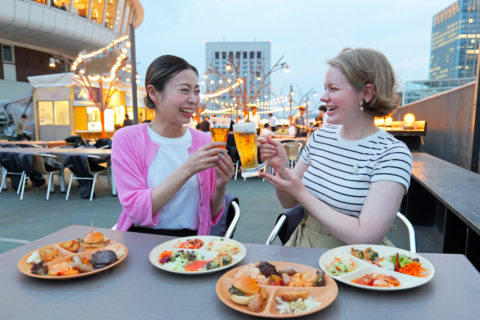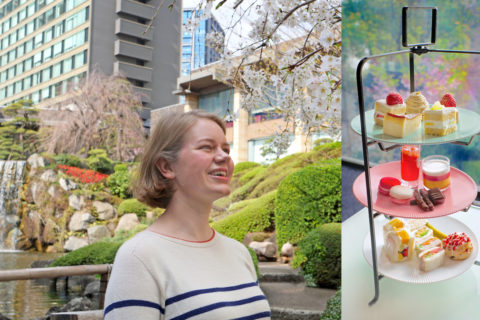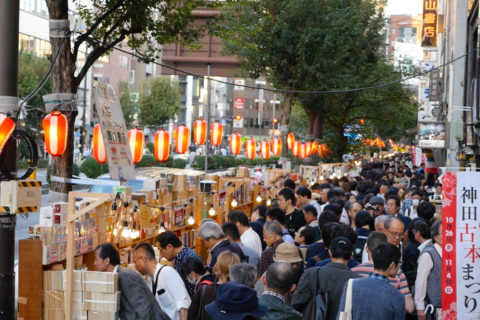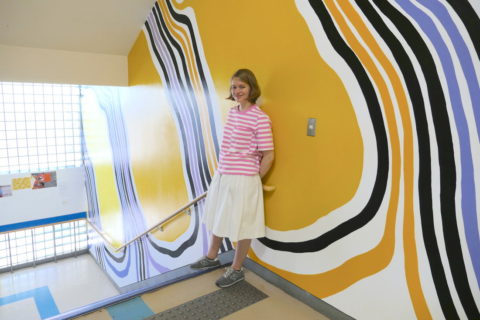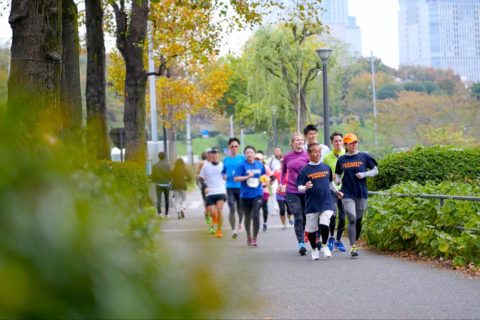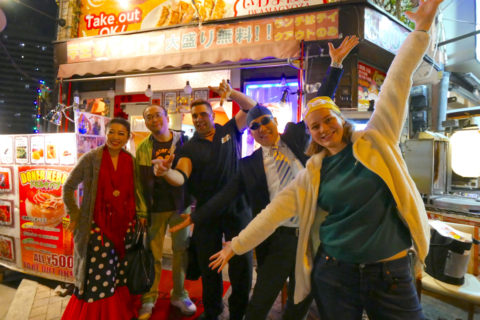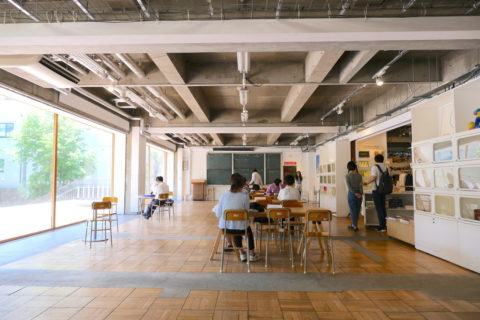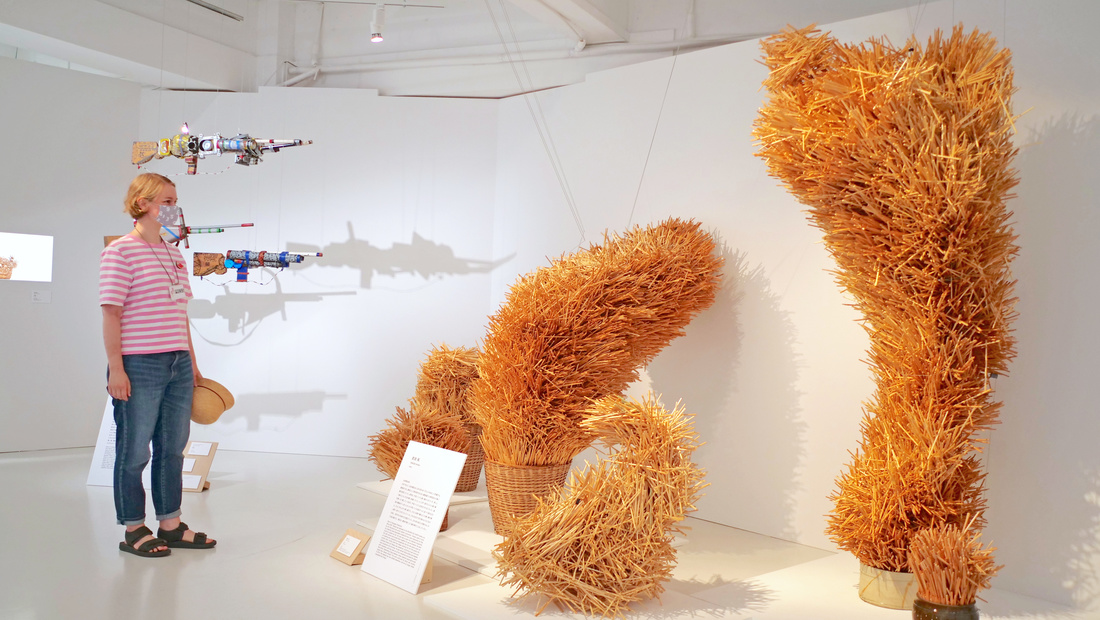
Currently, the ongoing art exhibition POCORART World Exhibition “Chance and Necessity and … – Liberating raw expression of artists and people with/without disabilities -” is being held at Arts Chiyoda 3331. More than 240 works by 50 artists from 22 countries around the world are on display, regardless of having/ not having a disability, professionals or amateurs, gender or nationality. Some of the wonderful works were not even created for exhibition purposes. Some thought food that will make you think about the definition of art.
The POCORART World Exhibition “Chance and Necessity and …” introduces works and the people who created them from a unique perspective.
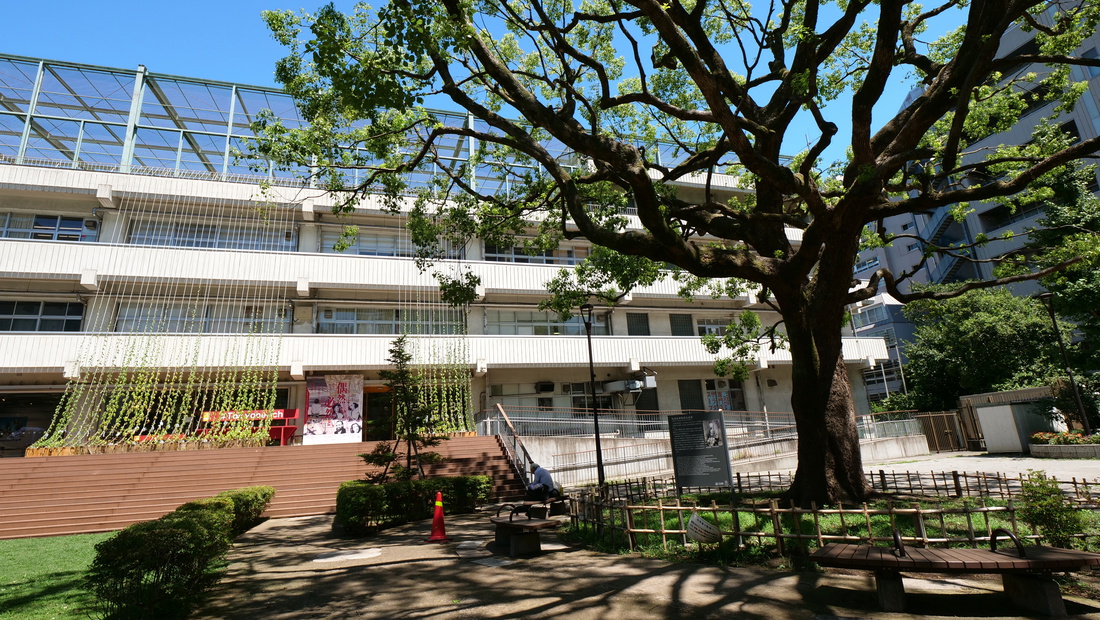
The word “POCORART” in the exhibition title stands for “Place of ‘Core + Relation ART,’” meaning a place where people with and without disabilities can meet and interact, and is used to refer to the act of creating such an environment. The curators aim for an art event going even beyond “art brut” or “outsider art”.
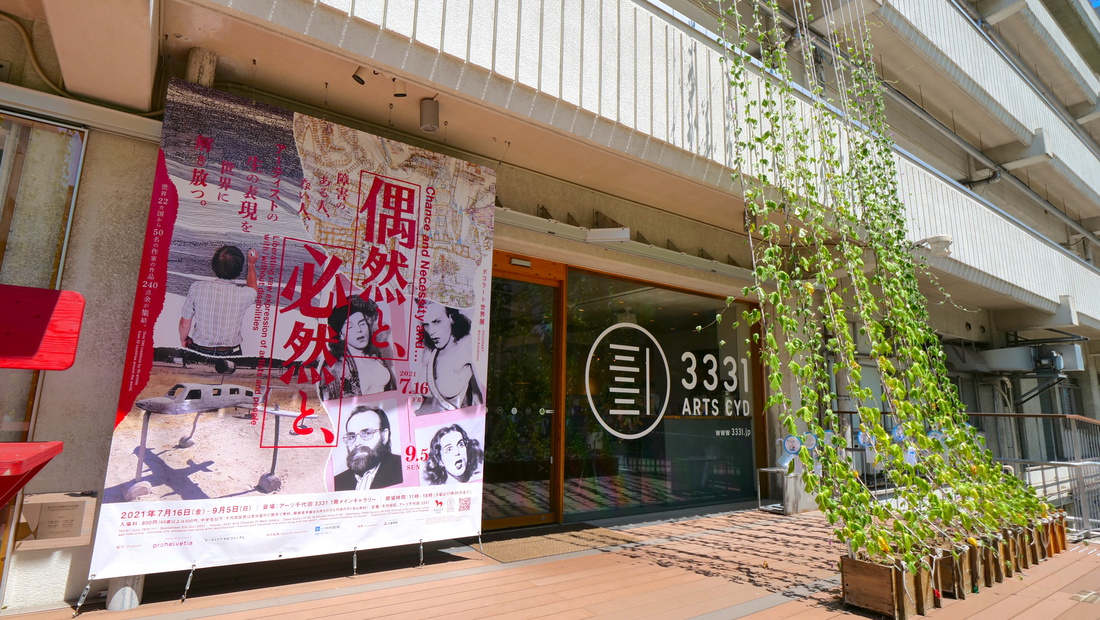
Begun in 2010 along with the establishment of 3331 Arts Chiyoda, an art center located in Chiyoda City, the POCORART project is already celebrating its 10th anniversary this year. That’s one of the reasons for this especially large art exhibition which is being held now, and which – by the way – is a must-see!
Is art born by chance? Or is it born inevitably?
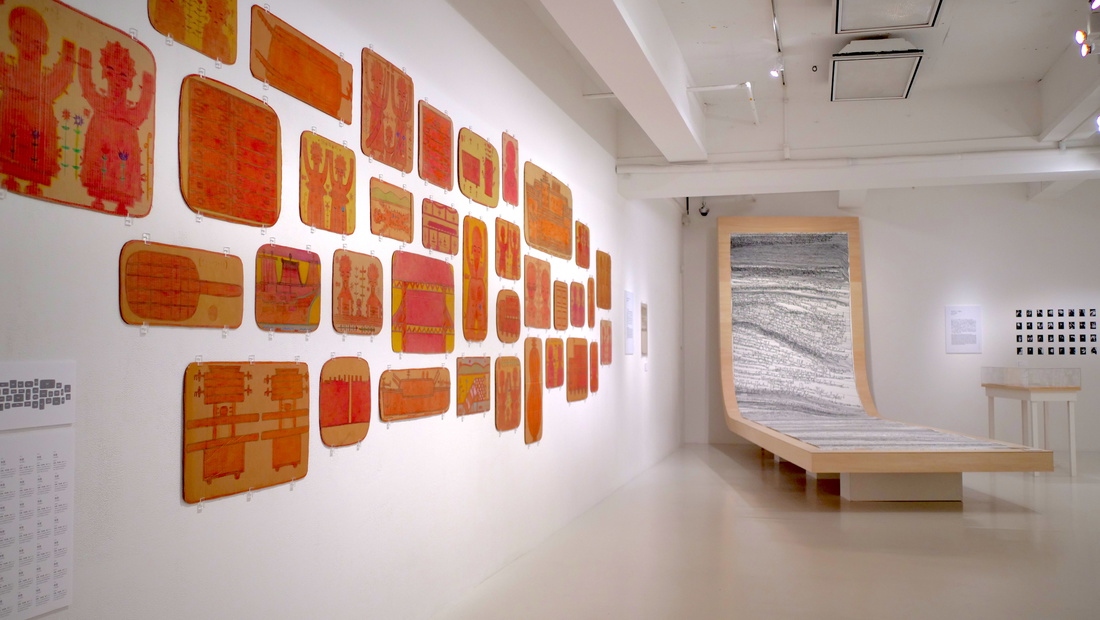
Divided into six areas with six themes, the exhibition is highlighting the artist’s creative process and the motives and background for creating art from different perspectives.
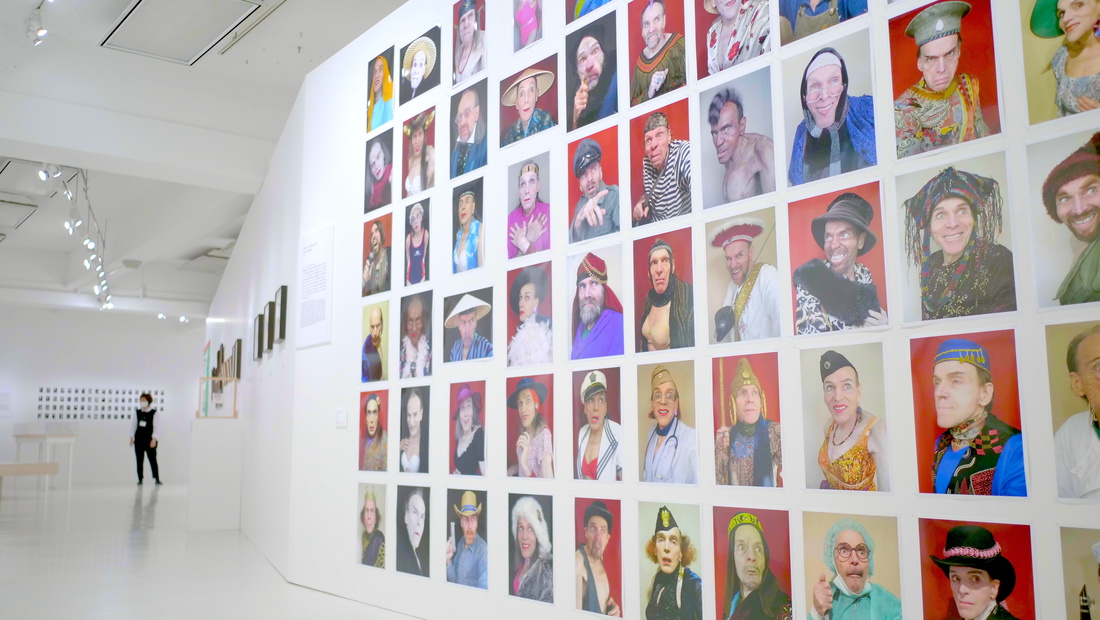
The first theme is titled “Minds of the universe [Inner self and mask]”. When human beings notice their own existence, they encounter “I (= themself)”. But how do you express yourself, your “I”? Some people suffer because of the gap between how they perceive themselves and how they are seen from the outside. The first area focuses on works born from such awareness and conflict.
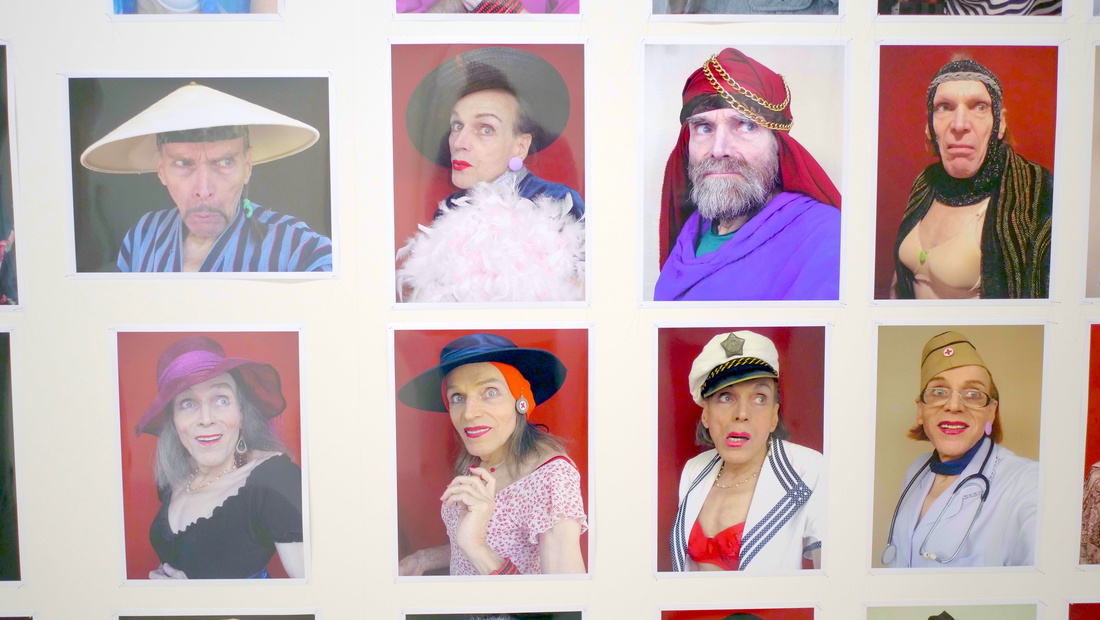
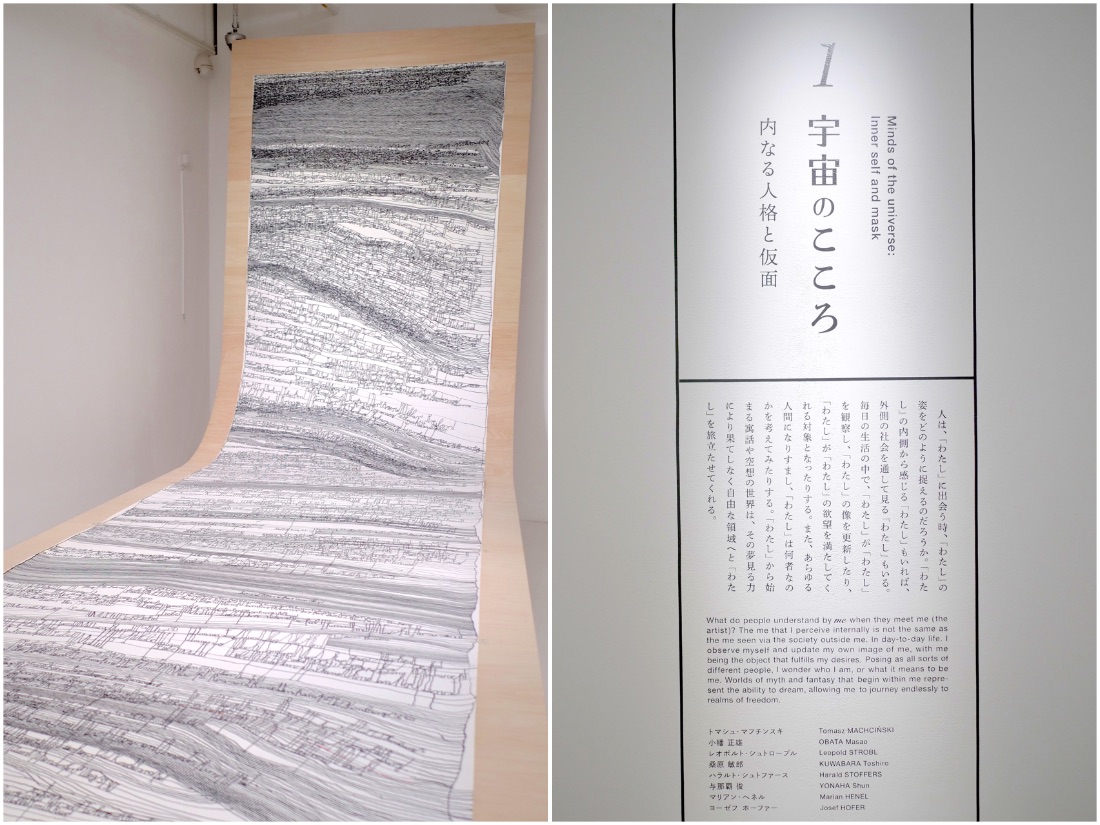
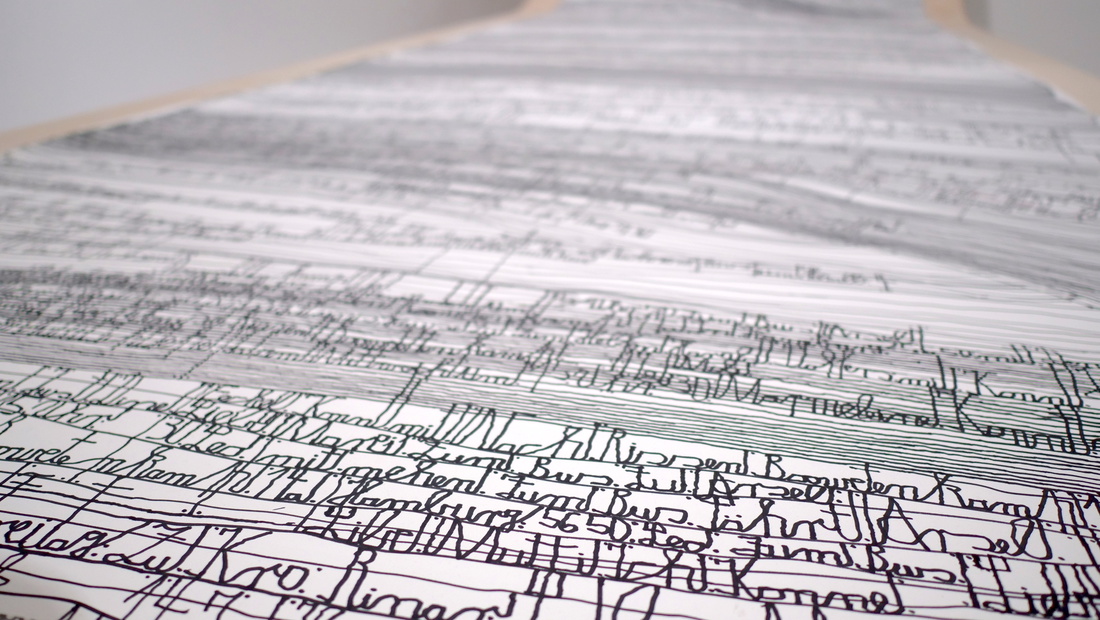
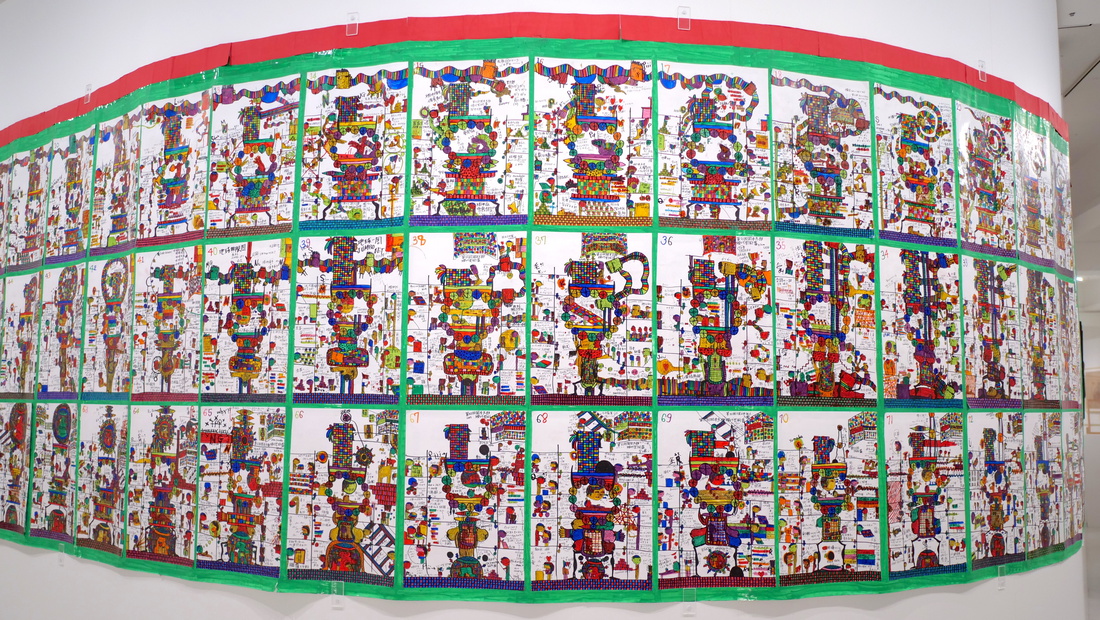
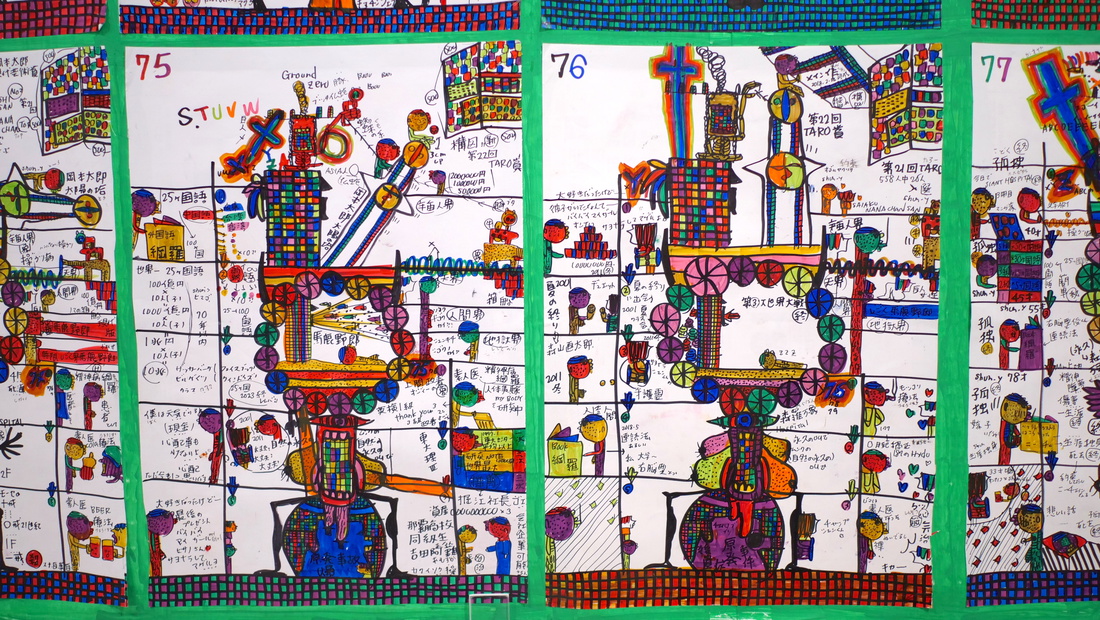
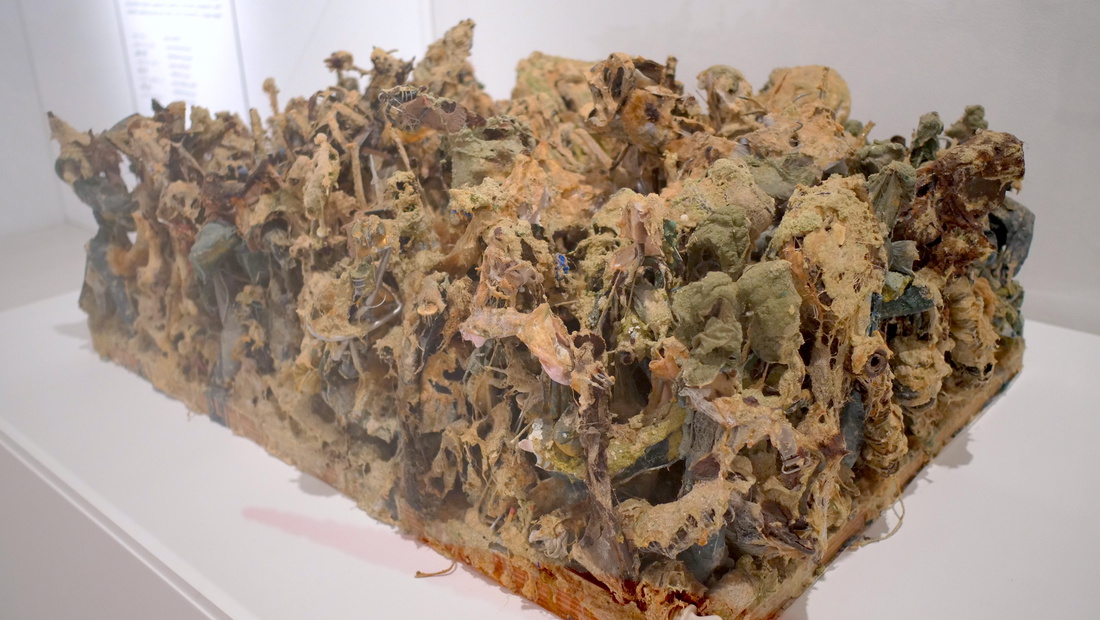
Works of art created without professional tools
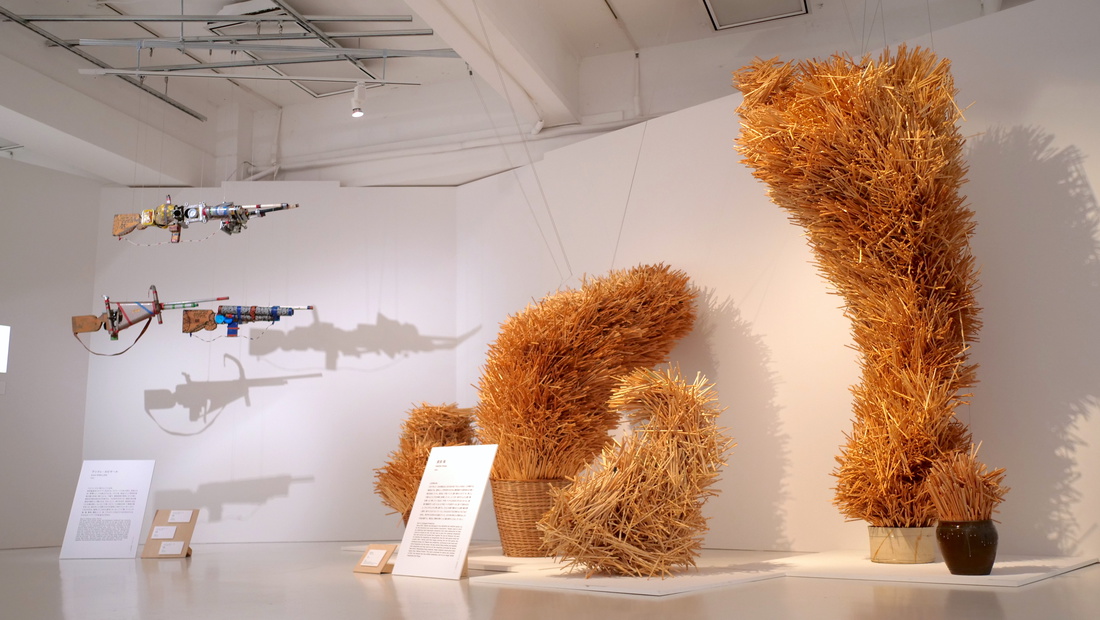
Some artists began to impulsively create artworks, influenced by the things they come into contact with in their daily lives. Above all, one work made of disposable chopsticks was especially impressive. When the creator started to collect used disposable chopsticks by sticking them into buckets and other objects at his workplace. And soon, before he knew it, organic objects were born.
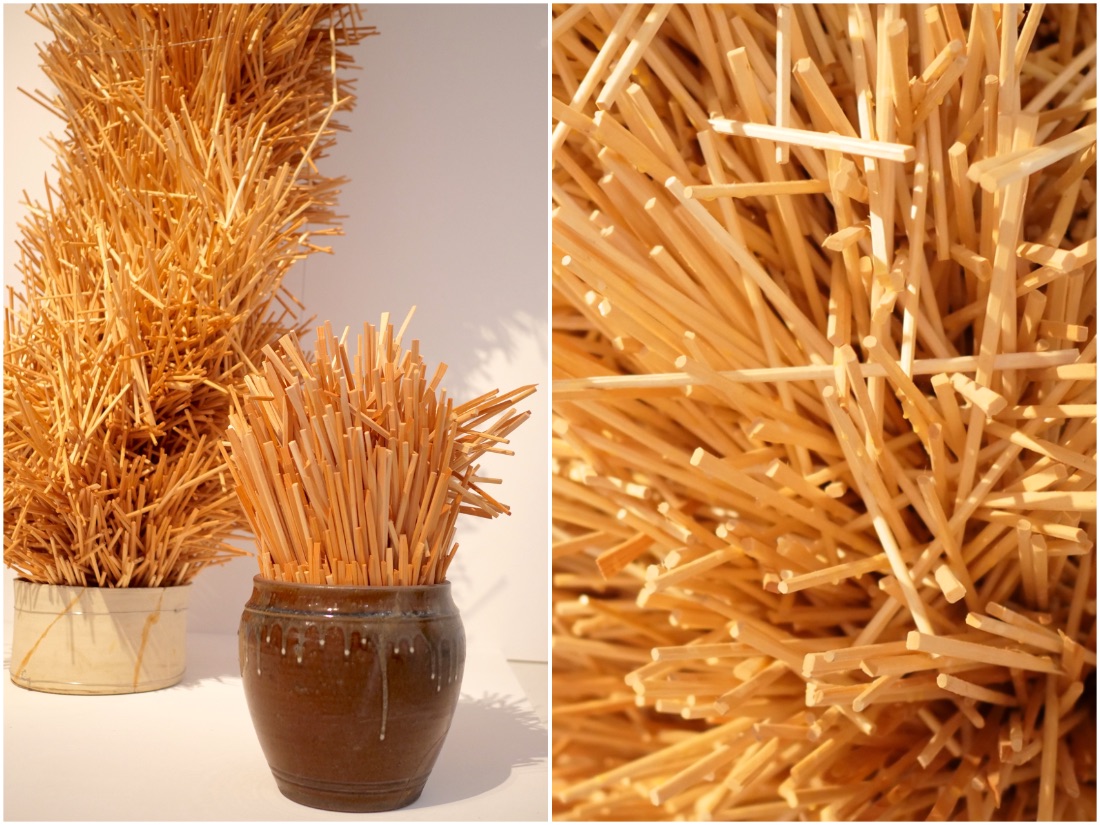
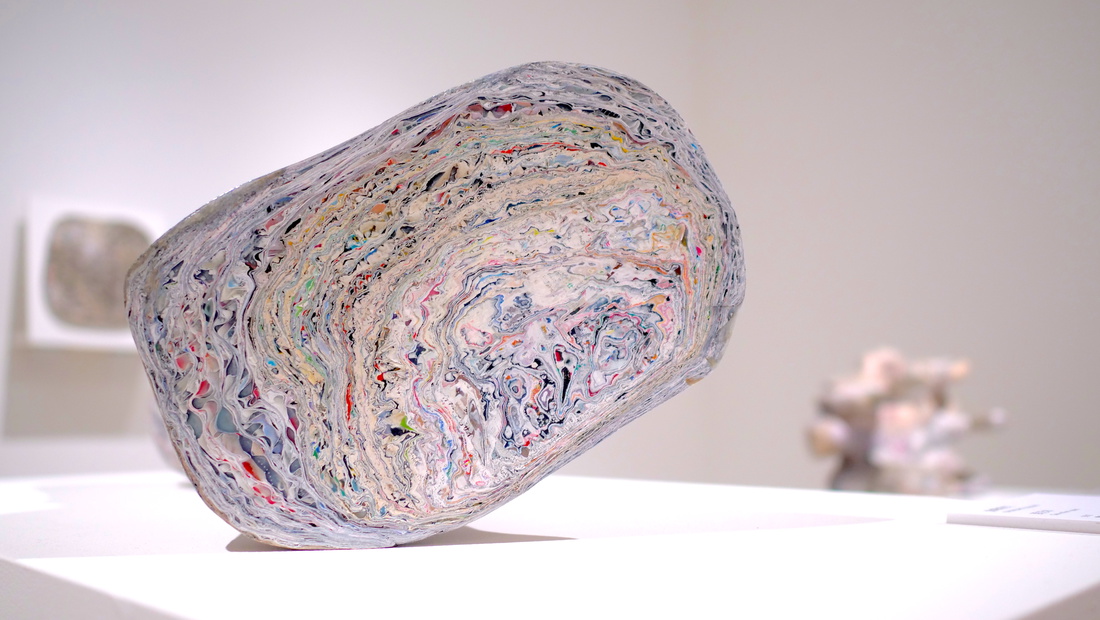
In addition, the environment and culture in which a person grows up will influence his or her work.
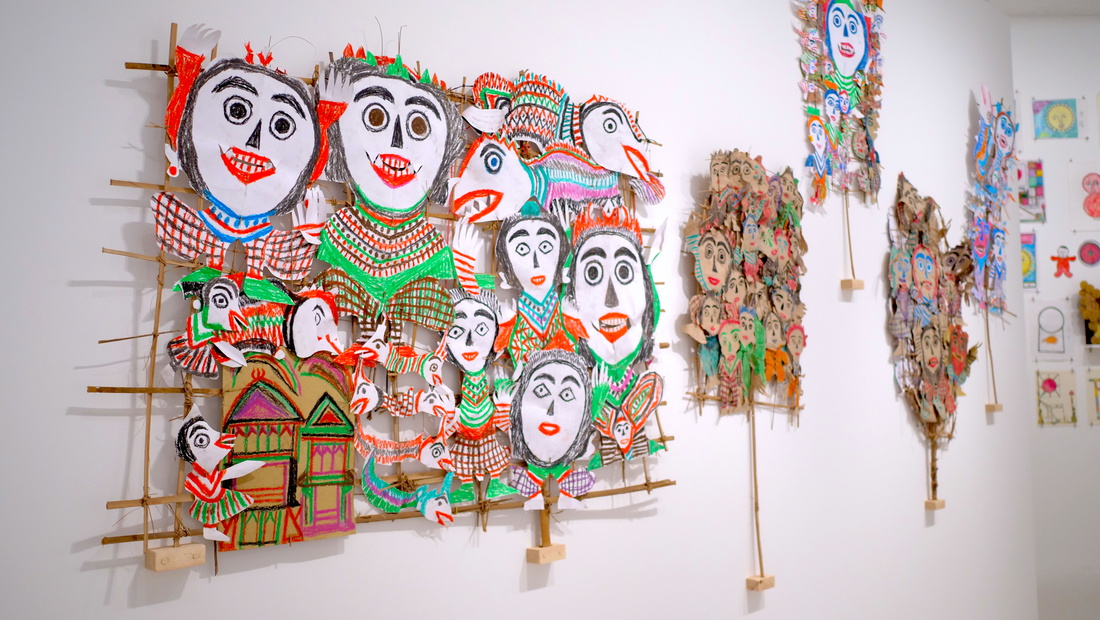
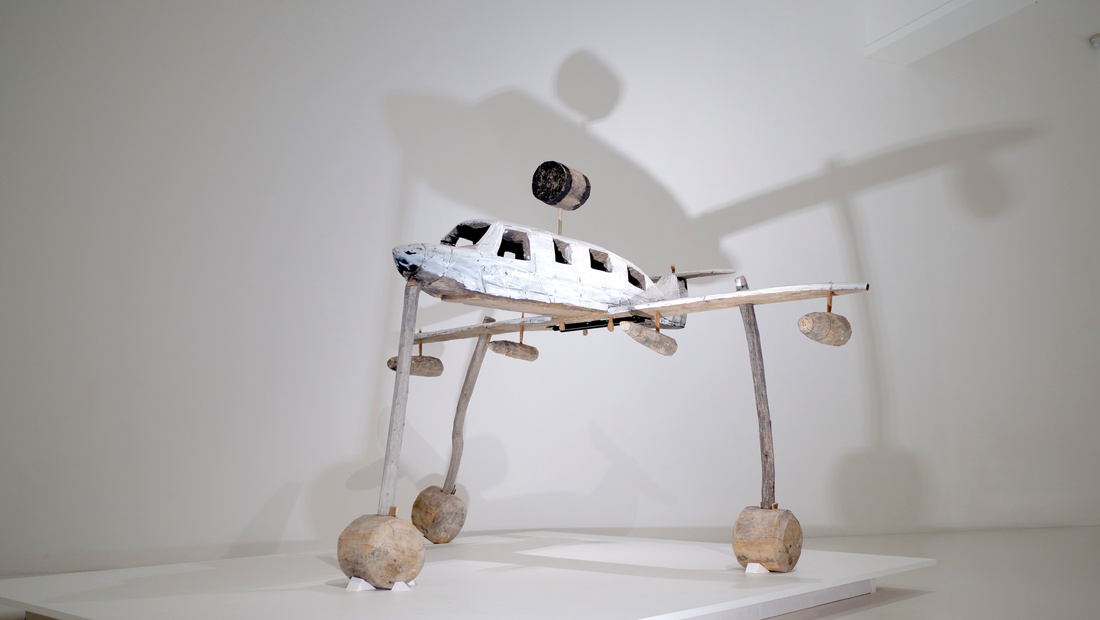
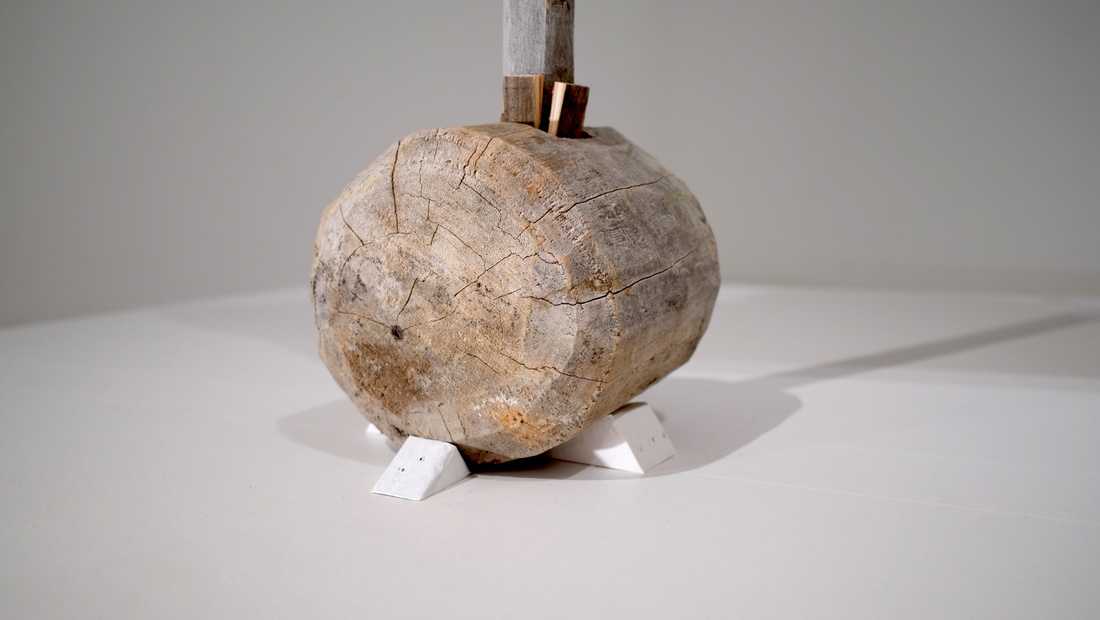
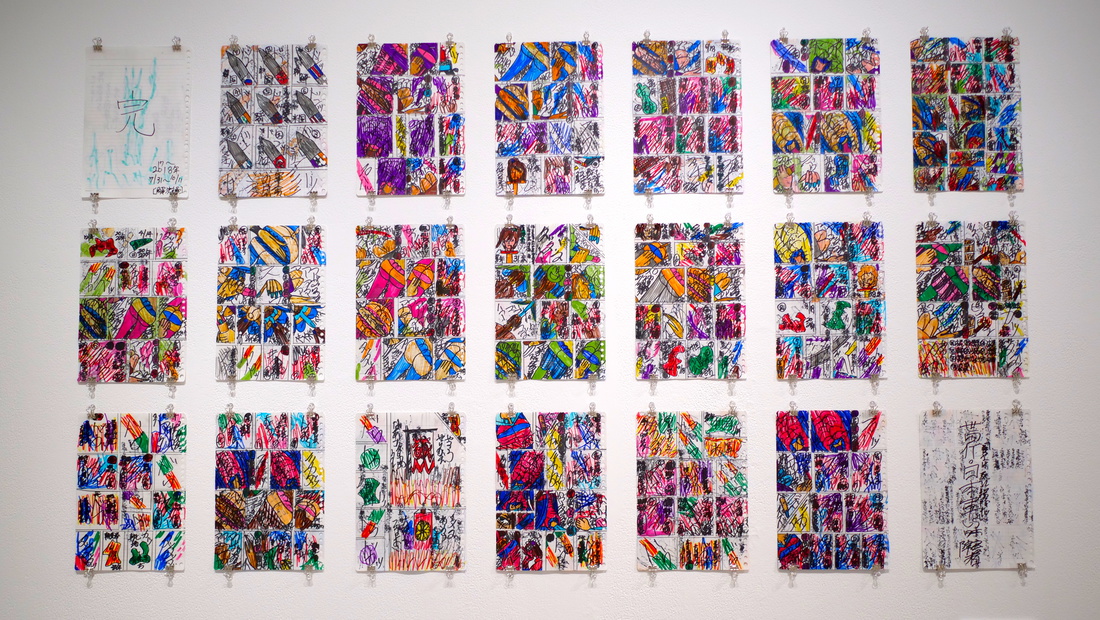
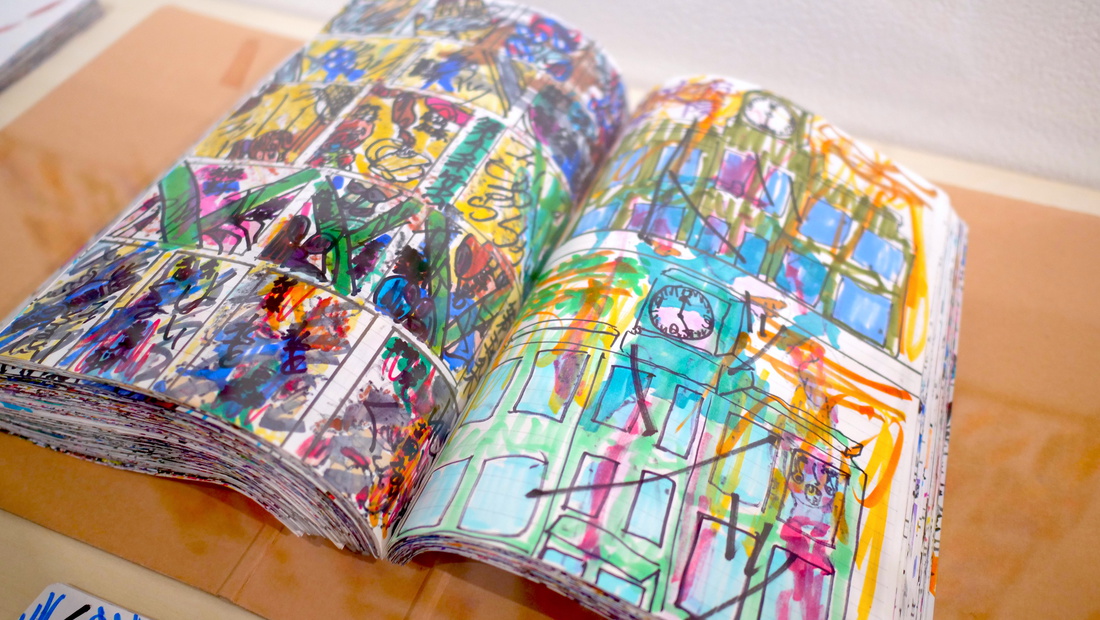
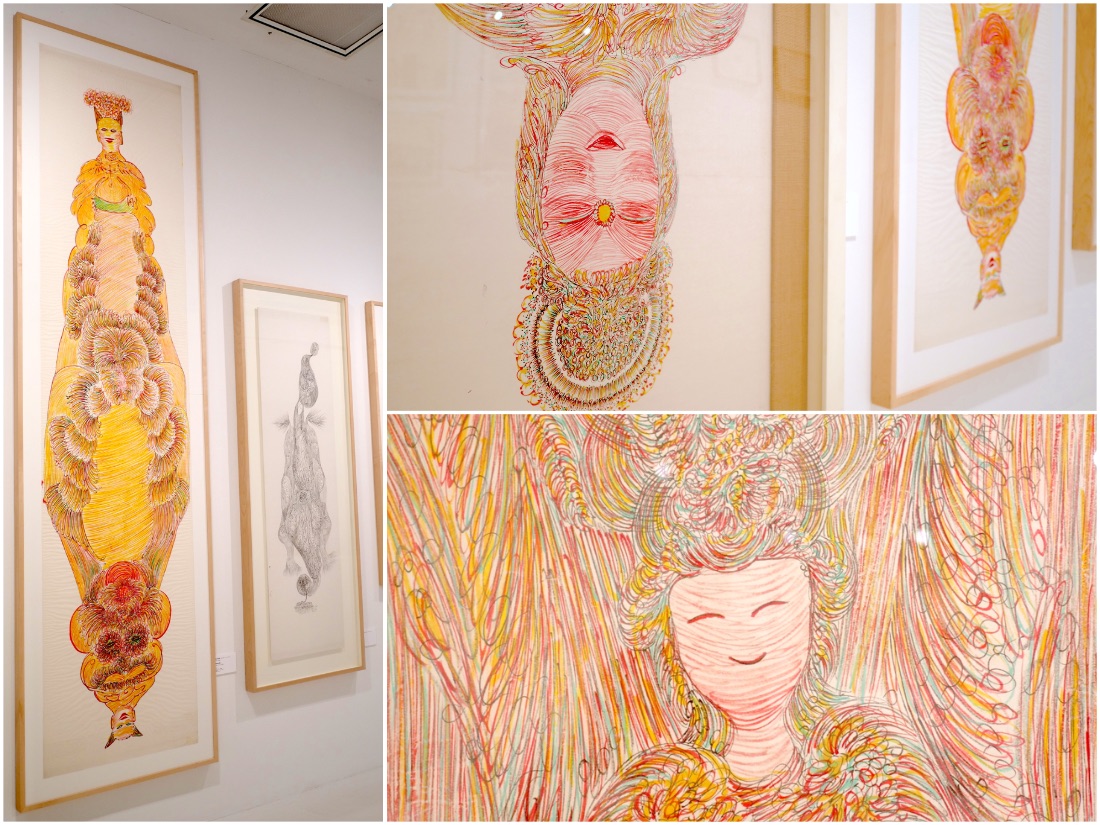
The highlight of the exhibition is a work from Germany that is shown for the first time in Japan.
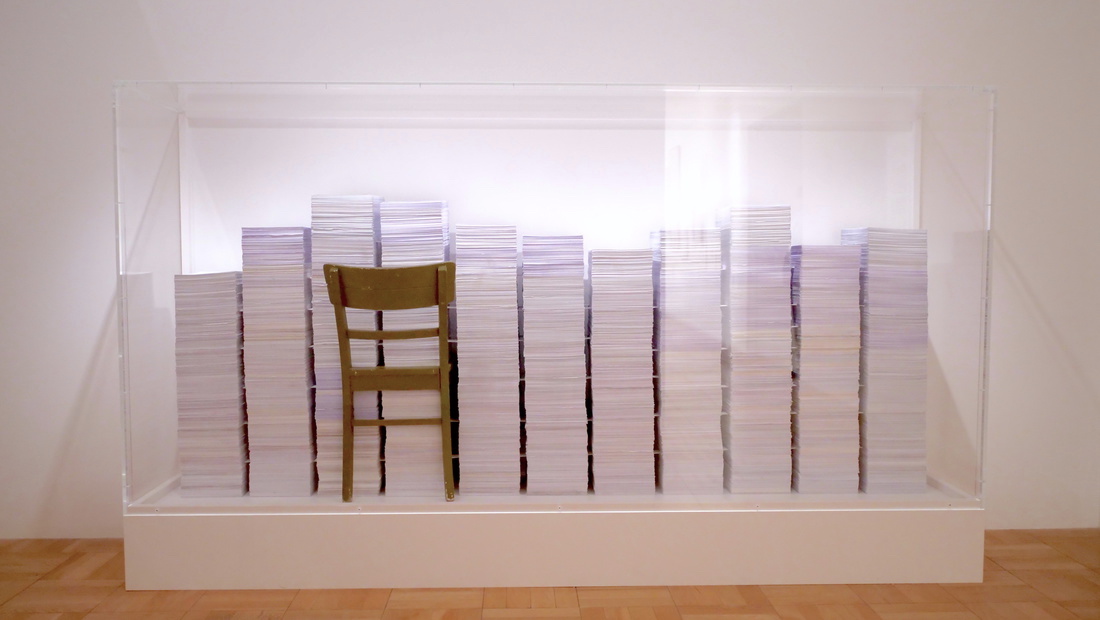
A cryptic “code” drawn on countless papers. Vanda VIEIRA-SCHMIDT, an artist who has already drawn more than 250,000 cryptograms in 10 years, claims that her code can only be deciphered by herself and the computer of the German Ministry of Defense. When she moved to a group home, staff found her work. They searched for a new storage place for her precious papers, and as a result, her work ended up in the German “Bundeswehr Military History Museum”.
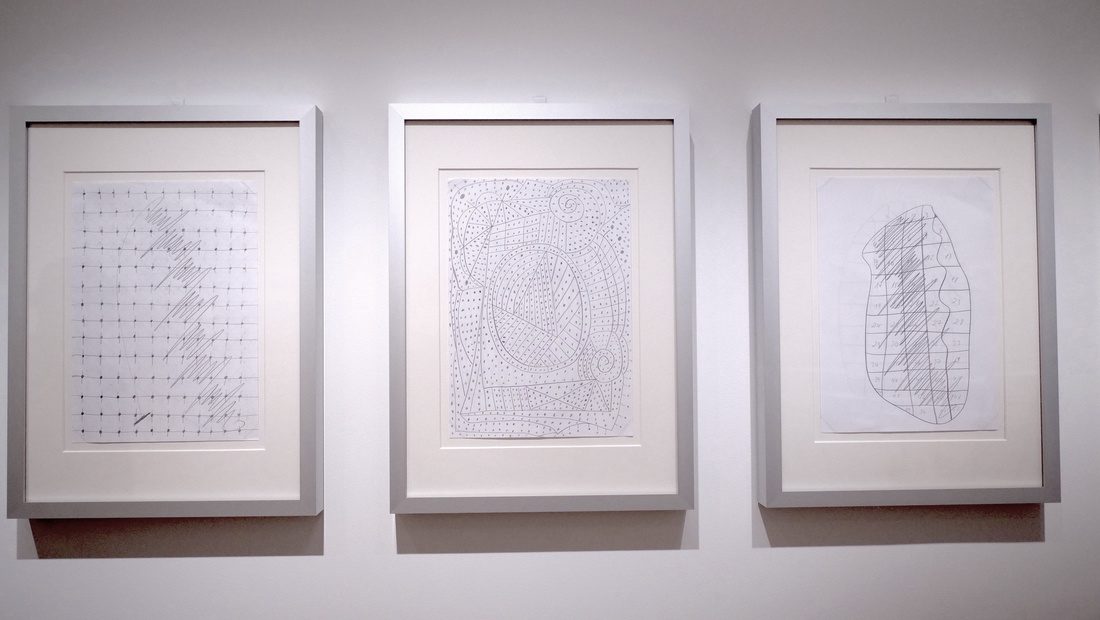
Many artists in this exhibition didn’t start creating their works in order to make art. A lot of the works were created for just themselves, as a record or maybe even to stay alive.
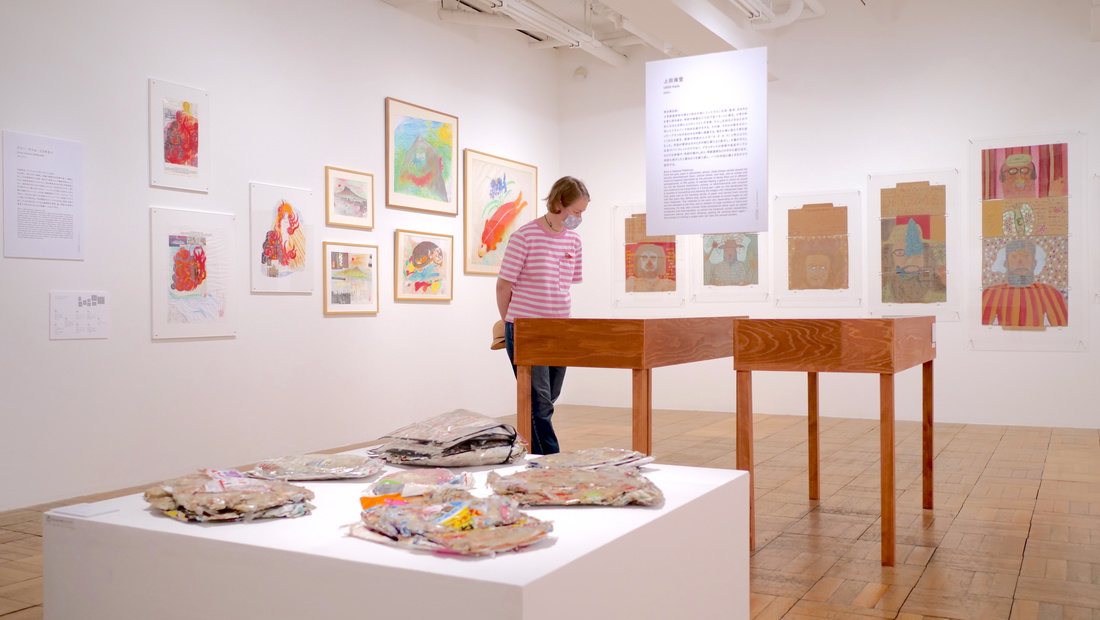
But is it okay to classify things that are not made to create art as “art”? The works exhibited in this exhibition were created by chance, due to various triggers, or maybe even inevitably by a strong impulse. As I looked around the exhibition, a phrase that repeatedly crossed my mind was “how unusual!” The exhibition was a series of surprises. Thanks to the works selected by the excellent curation, I got the opportunity to think deeply about the questions “What is art? Does art have to be something intended?”, “What is a handicap?”, and “Why do we divide artists into different groups anyways?” If you are in need of some food for thought, don’t miss this wonderful exhibition!
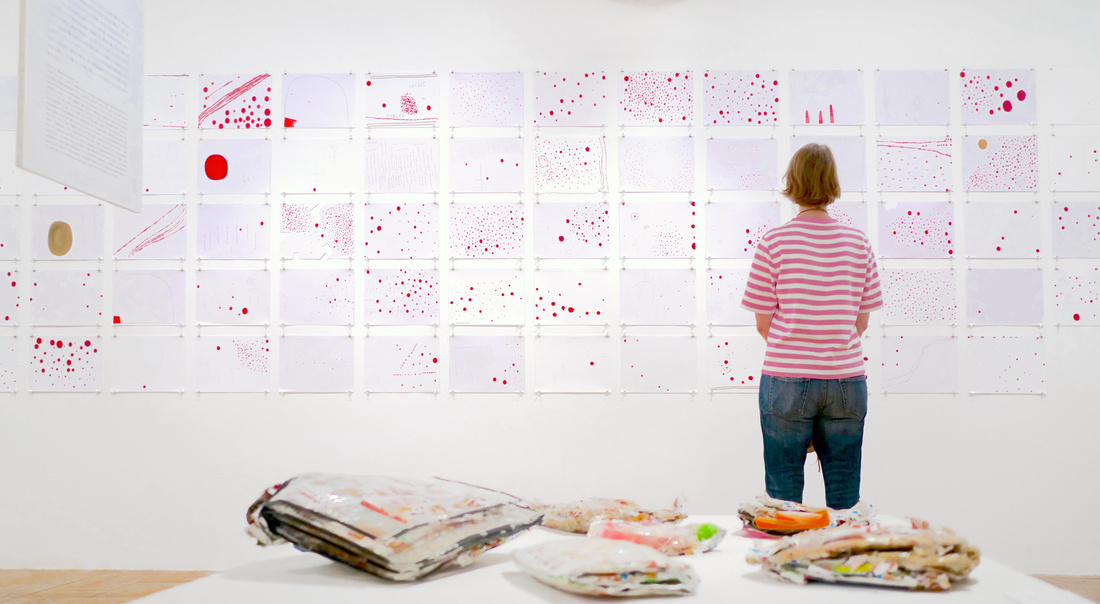
POCORART World Exhibition “Chance and Necessity and …
Liberating raw expression of artists and people with/without disabilities.
https://pocorart.3331.jp/world2021/ (Japanese)
https://pocorart.3331.jp/world2021/en/index.html (English)
Date: July 16th (Fri) – September 5th (Sun) 2021
Open daily
Admission: ¥800( Seniors +65: ¥500 )
Students under Junior High-School-age free entry
*Chiyoda City residents free entry with identification
* From 11:00 on any of 8/14 (Sat), 8/15 (Sun), 8/21 (Sat), and 8/22 (Sun) there is an exhibition tour for Chiyoda Ward residents (free of charge, about 50 minutes). Children are welcome!
* Please wear a mask, sanitize your hands, measure your body and fill in the admission card when you visit the exhibition.
3331 Arts Chiyoda
https://www.3331.jp (Japanese)
https://www.3331.jp/en/ (English)
6-11-14 Sotokanda, Chiyoda-ku, Tokyo
Google Maps: https://goo.gl/maps/a1bHxdgagrFynQyJ9
Nearest stations: Suehirocho Station, Yushima Station, Ueno-Okachimachi Station, Okachimachi Station, Akihabara Station, Ochanomizu Station


